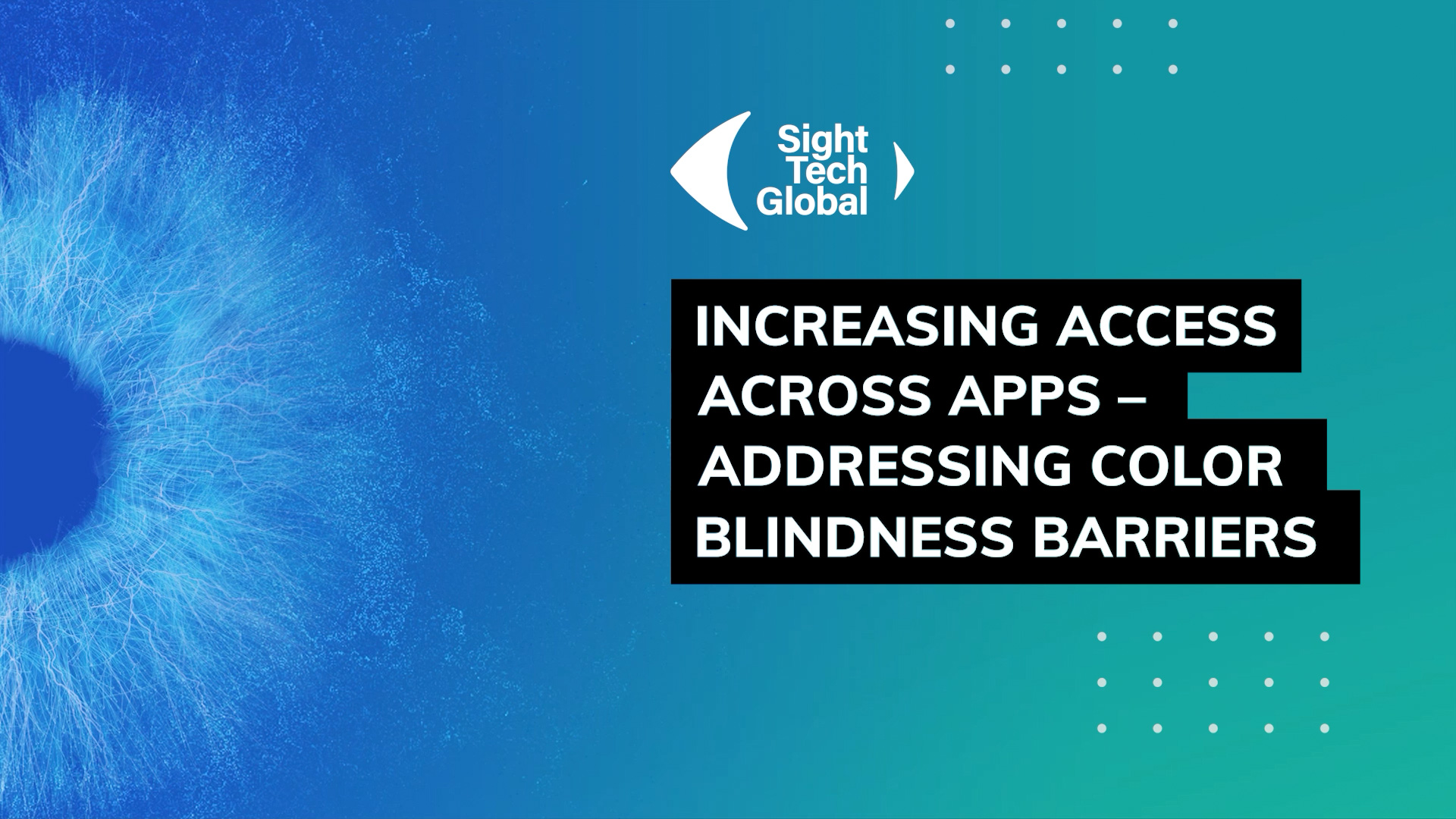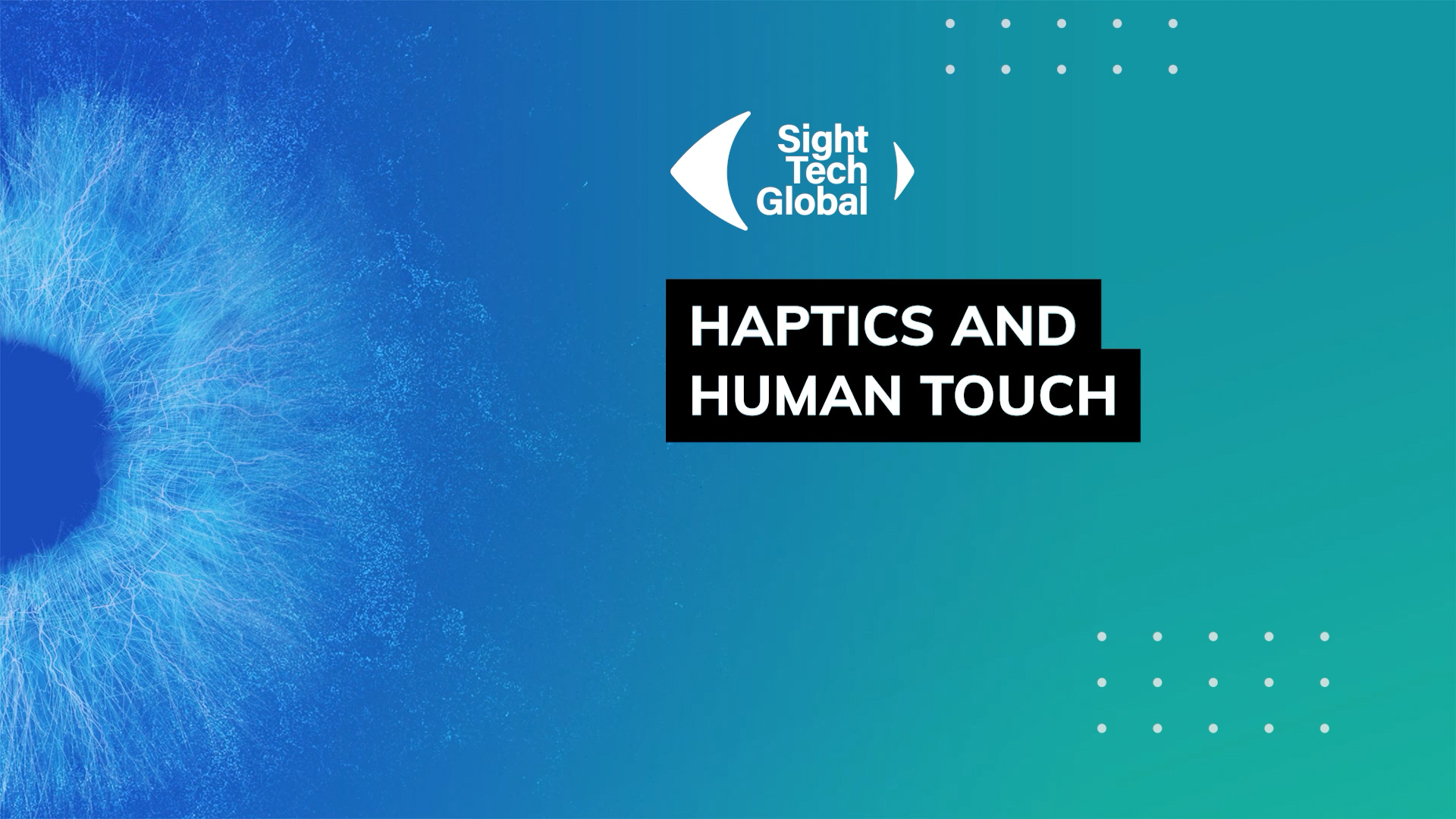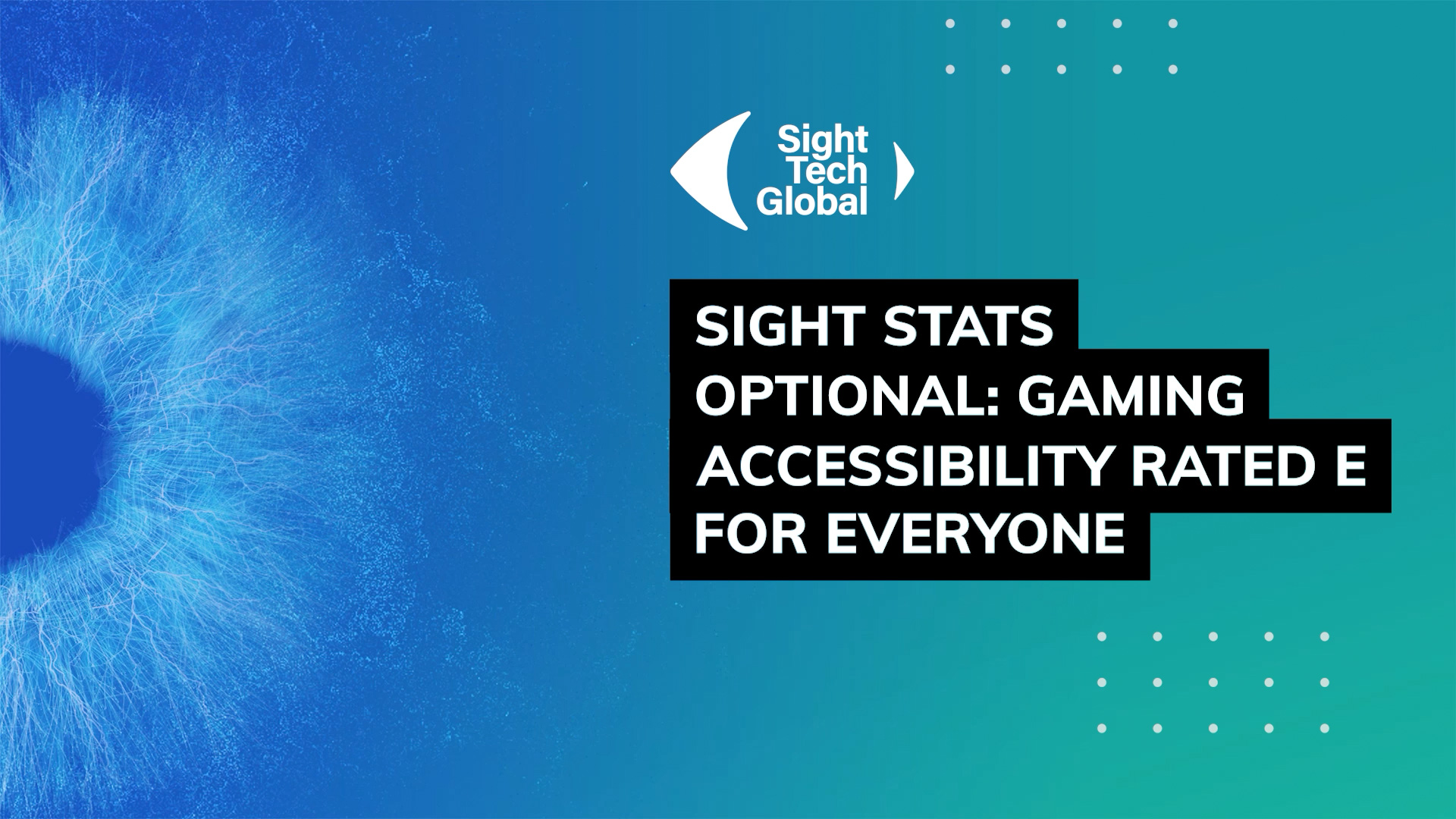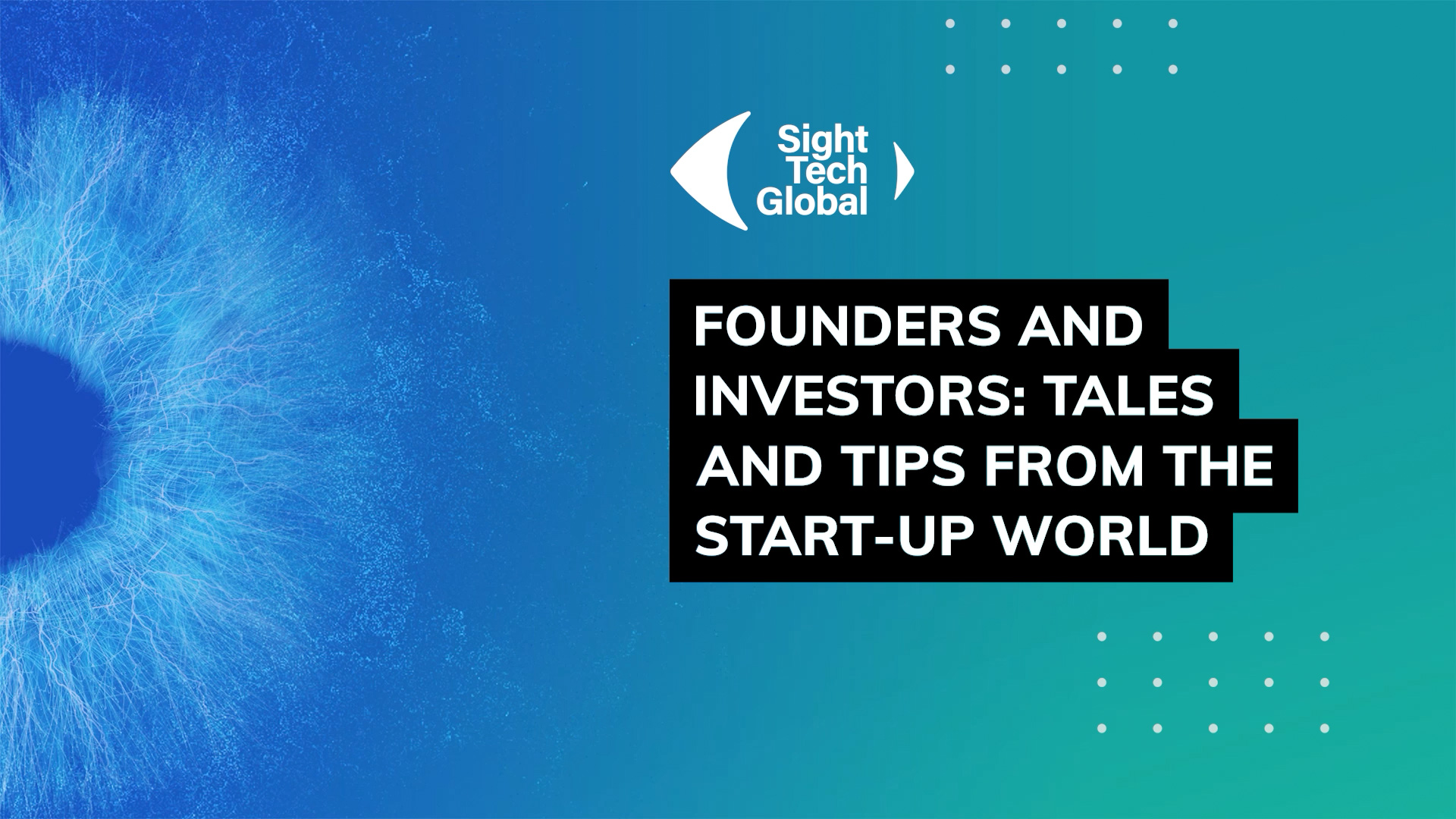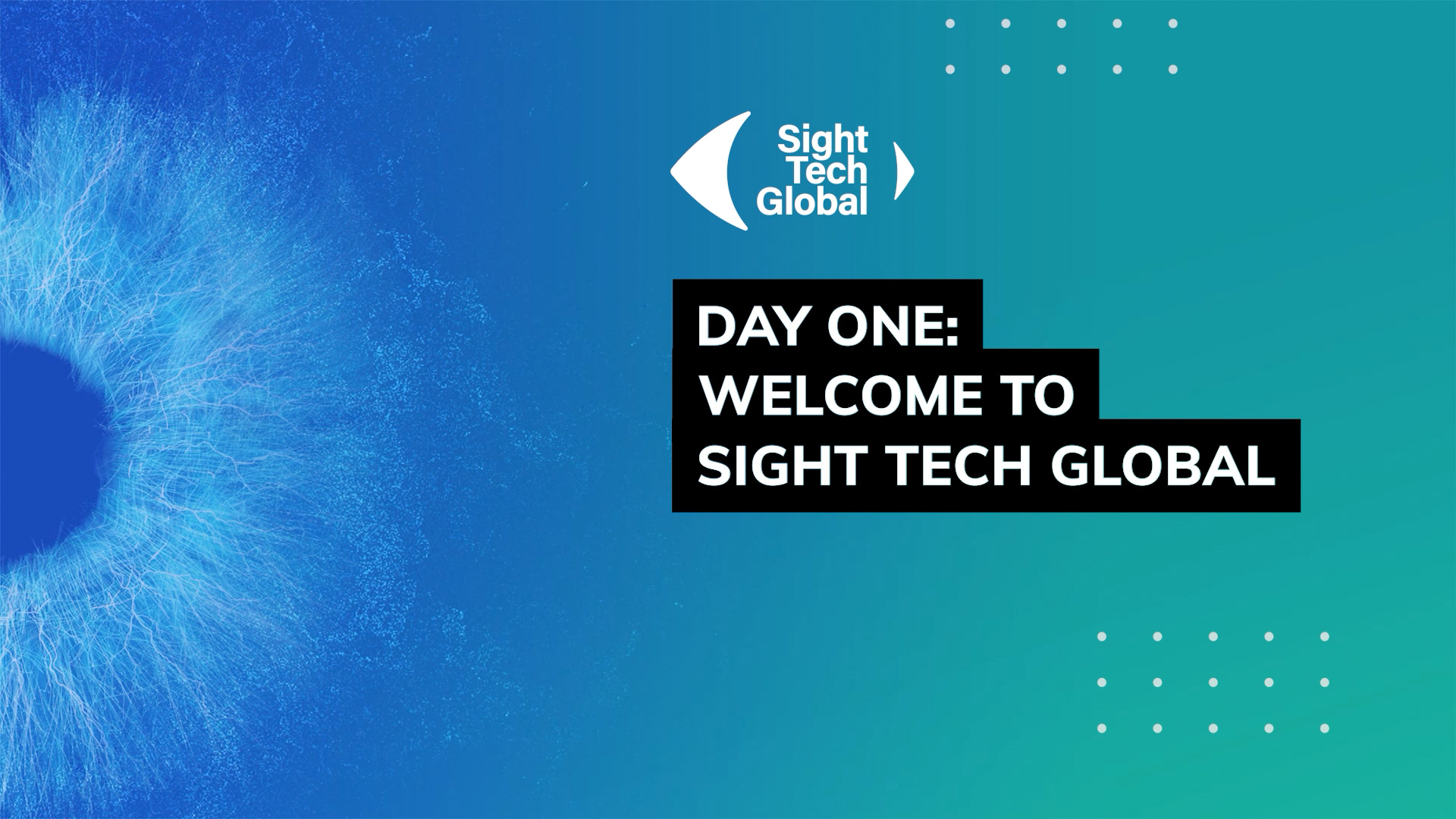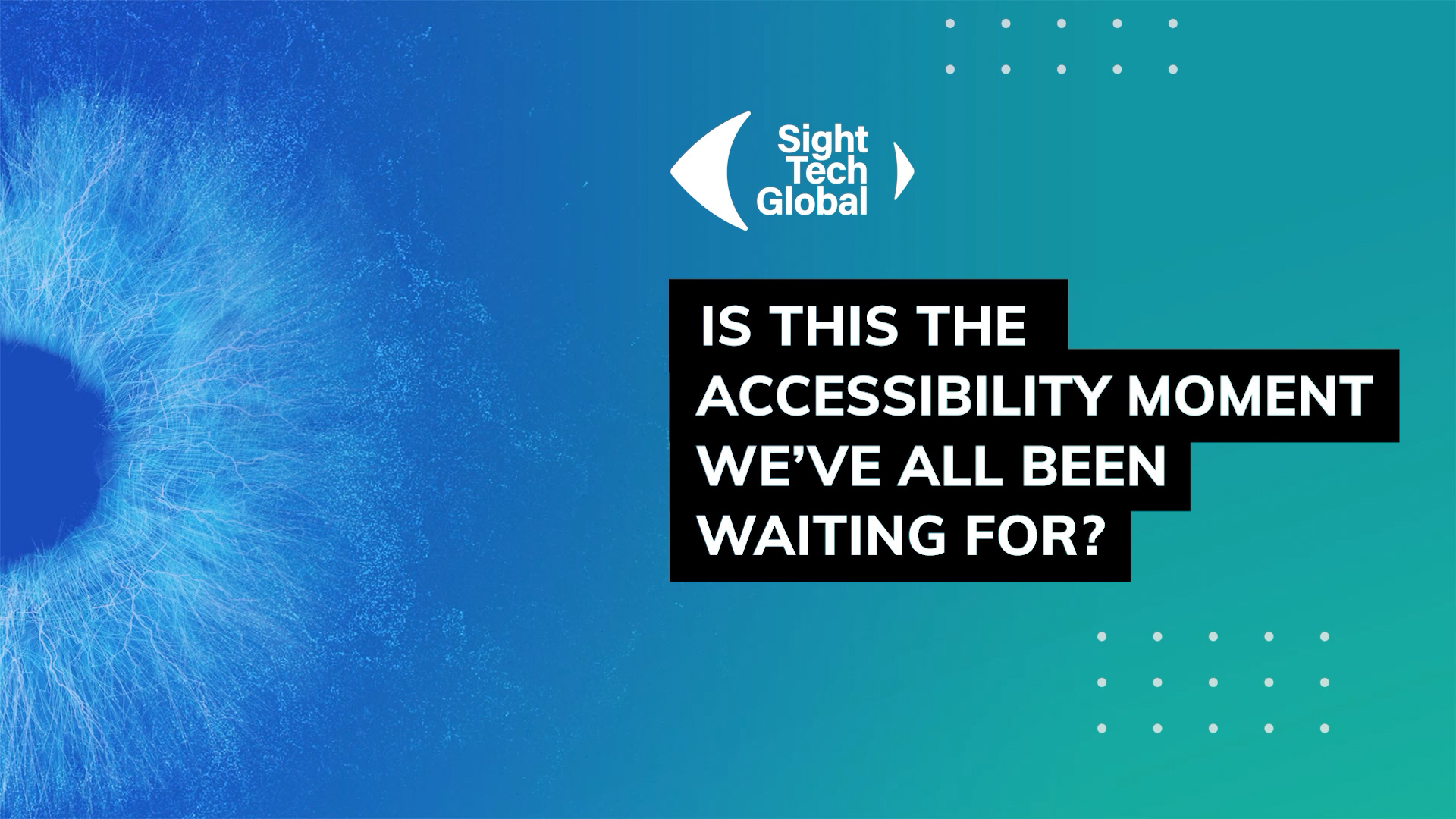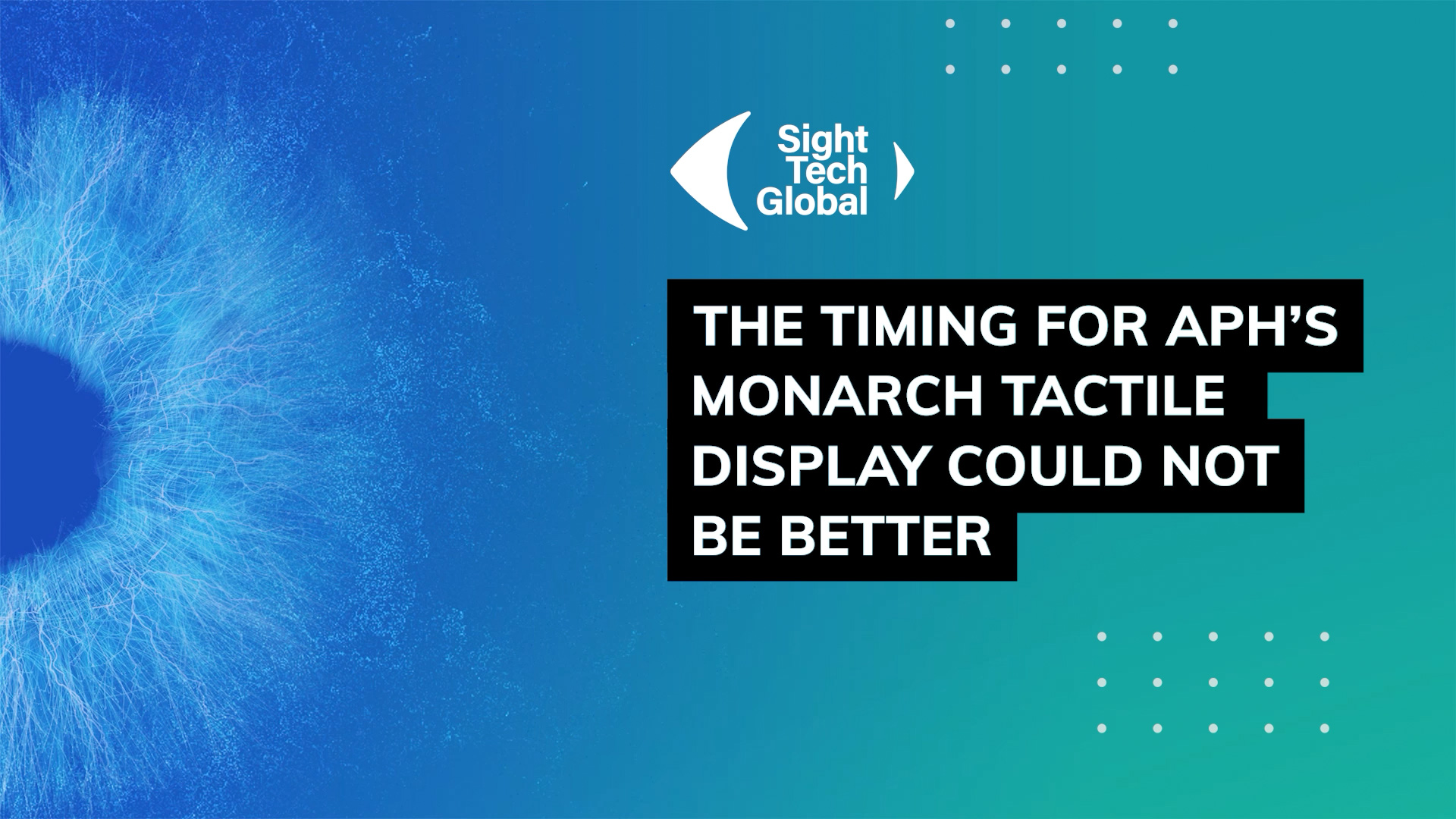Explore a groundbreaking solution addressing color blindness, a challenge affecting nearly 300 million people worldwide. Learn how Intel is developing innovative technology to enhance digital accessibility through customized color palettes and adaptive interfaces. This session will demonstrate practical approaches to making digital environments more inclusive for individuals with color vision deficiency, from educational materials to professional tools and everyday applications.
Archives: Sessions
Session custom post type.
Haptics and Human Touch
Explore how Aira and Haptic are combining tactile feedback technology with human-AI verification to transform navigation for visually impaired users. Learn how this innovative partnership leverages smartphones and smartwatches to provide intuitive, non-visual guidance through vibration motors and verified assistance.
Sight Stats Optional: Gaming Accessibility Rated E for Everyone
Explore the frontier of accessible gaming as industry leaders discuss groundbreaking advances in screen readers, audio descriptions, and inclusive design practices. This panel brings together expert accessibility consultants and specialists who have shaped major titles like The Last of Us, God of War, and Spider-Man to share insights on making games truly accessible for players with vision loss. Learn how developers can implement practical solutions and collaborate with the blind gaming community to create immersive experiences that everyone can enjoy.
Founders and Investors: Tales and Tips from the Start-up World
Discover the evolving landscape of accessibility tech investment through the eyes of successful founders and impact-focused investors. This dynamic session explores how the “ADA generation” is driving unprecedented growth in inclusive innovation, with 1 in 6 adults globally representing a vast market for accessible solutions. Learn about diverse funding pathways through accelerators, grants, and venture capital, with direct access to valuable resources including Remarkable Accelerator, Access to Success, Moonshot, and more. Our expert panel will share practical insights on early-stage funding strategies and discuss how inclusive design thinking is key to creating sustainable, impactful products that benefit everyone.
Day One: Welcome to Sight Tech Global
Is This the Accessibility Moment We’ve All Been Waiting For?
Join us for a thought-provoking exploration of AI’s revolutionary impact on digital accessibility. As traditional interfaces evolve and new technologies emerge, this session examines how AI could bridge existing accessibility gaps while potentially creating new challenges. Our distinguished speakers will discuss breakthrough innovations like multimodal AI, immersive experiences, and Microsoft’s Seeing AI, a free app that narrates the visual world for the blind and low-vision community. Discover how emerging AI solutions, from virtual assistants to robotic devices, could transform digital equity on a global scale, and learn why proactive collaboration is essential to ensure technology’s evolution remains accessible to all.
The Timing for APH’s Monarch tactile display could not be better
At Sight Tech Global we rarely track products from year to year, but APH’s Monarch tactile display for the education market is an important exception. APH’s collaboration with Humanware and DOT is targeted at the education market to deliver not just a ground-breaking dynamic Braille tablet that can “receive digital textbooks from APH and other providers, significantly reducing the time to fingertips for our students” and at the same time render the charts and graphs crucial to STEM education. Add to that the possibilities of the past year’s breakthroughs in generative AI, and Monarch’s horizon looks even more exciting.
Greg Stilson will be available for live questions in a breakout session listed in the agenda.
UNICEF and the Perkins School for the Blind: Closing the accessibility gap in research
Research tools and outputs often rely heavily on visual presentations of data, which can lead to accessibility barriers. UNICEF Innocenti partnered with Perkins Access and the developers of the EPPI-Mapper to create an evidence and gap mapping tool that not only is more accessible for users, but generates a more accessible visualization map of research evidence. Officially launching at SightTechGlobal, this breakout session will explore the motivation behind the EPPI-Mapper’s redevelopment, the accessibility considerations that enhanced its usability, the next steps to continue improving the tool’s accessibility and the implications raised for all types of research. Join the team behind the tool to learn more and get your questions answered, so you can start creating your own, accessible evidence gap maps.
Live AMA with Envision’s Karthik Mahadevan: The Future of AI Smartglasses
Immerse yourself in a 30-minute online session focusing on the innovative world of AI smartglasses. Discover the latest advancements, future potential, and real-world applications from an industry expert. The session includes an interactive Q&A, offering a unique opportunity for deep engagement and learning.
Live AMA on alt text with Scribely’s Caroline Desrosiers
Join Scribely’s CEO and Founder Caroline Desrosier for a live AMA on alt text and Scribble’s groundbreaking work to improve the quality and quantity of alt text for images online.

